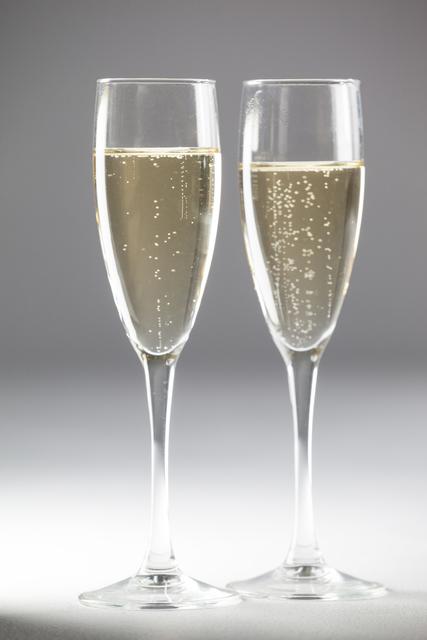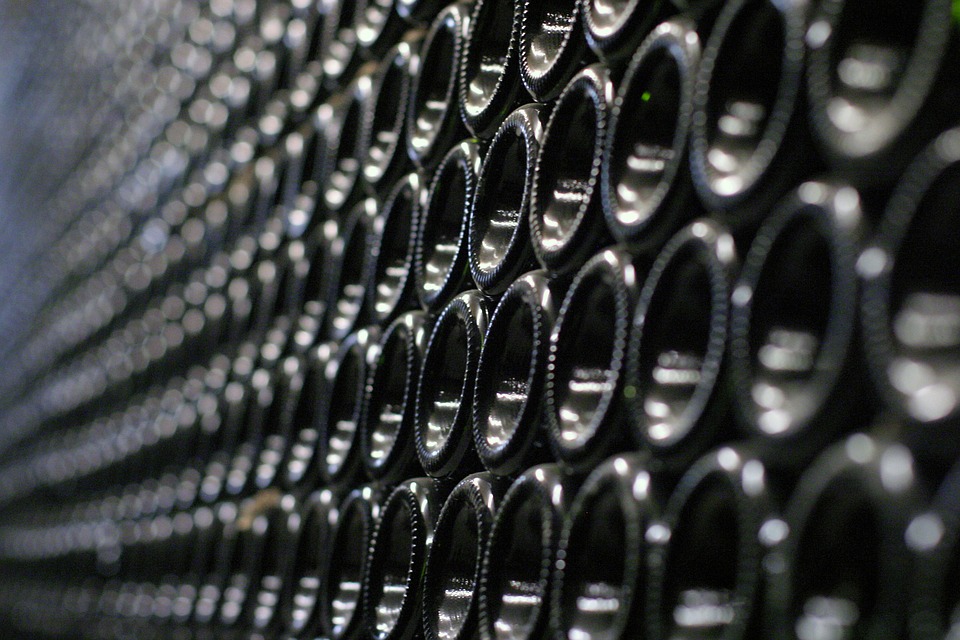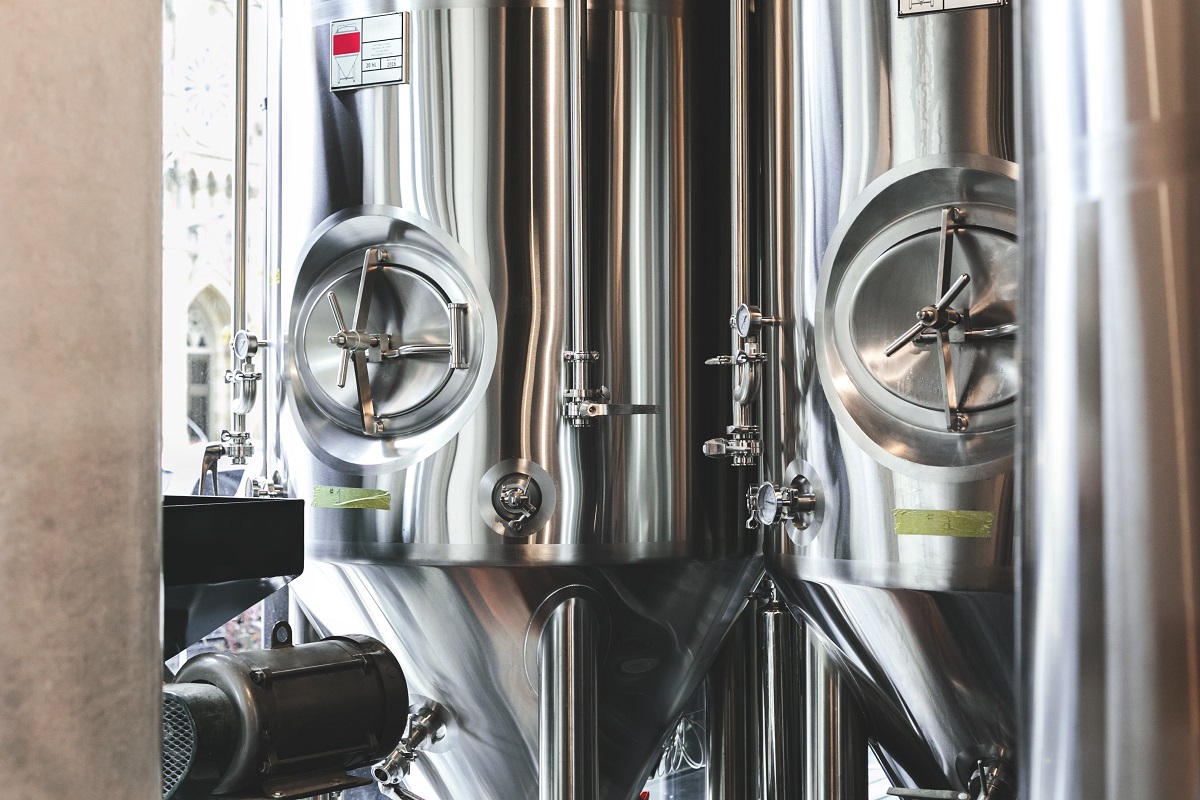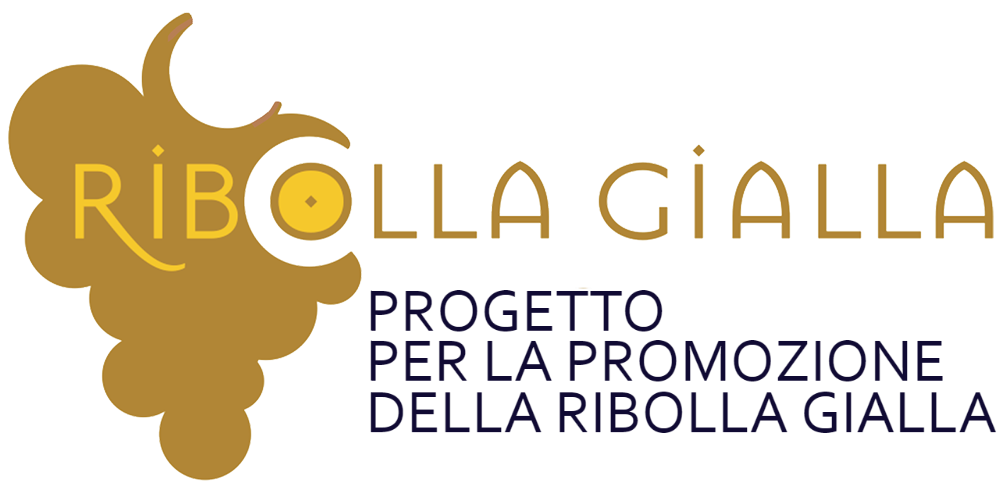RIBOLLA GIALLA – Method of processing sparkling wine
The noble art of sparkling wine.
When it comes to sparkling wine, usually our thoughts run on days of celebration, sports activities, extraordinary events such as the launch of a ship or, more simply, an anniversary, or a family event that deserve to be celebrated with something different, like an important wine … at this point we think of him, sparkling wine.
In fact, even in the old oenology texts, the sparkling wine is counted among the “special wines” because of its particular production technique.
Italian legislation pays special attention to these wines and divides them into two categories: artificial and natural. It is said that a sparkling wine is “artificial” when the wine is added with carbon dioxide (it is the same technique that is used for mineral waters); instead it takes the name of “natural” sparkling wine when the carbon dioxide comes only from the fermentation of the sugar present in the wine thanks to the yeasts.
The natural sparkling wine is divided, in turn, into two large families depending on the production technique. We then speak of the Charmat-Martinotti method when the process takes place in an autoclave (a pressure-tight vessel) and of a classical method when the whole process of transformation takes place in the bottle.
Before going into the enological technique of sparkling wine we must remember how important it is for both production methods that the starting grapes are of excellent quality and perfectly healthy. Referring to the Ribolla gialla, a variety that is grown today both in the hills and in the plains, the grapes must come from particularly well-located, well exposed soils and from vineyards with a proper load of buds per plant. The grape harvest must take place when it is not yet perfectly ripe, in order to obtain a base wine with a lower alcohol content and a more sustained acidity. The high acidity of the “sparkling wine” wine is, in fact, an essential prerogative to obtain a product that then lasts over time.
The classic method, a lifestyle
There are no official data but in Italy the production of sparkling wine with the classic method is really left to a few, unlike the Charmat-Martinotti method that is more widespread.
Even if we talk about the numbers contained when we refer to the classical method, a fascinating and complex world opens up, reflecting the company style where it is produced.
This “classicism” in the production of sparkling wine can also be found in the French terminology used, almost for an ancestral respect for the spumante tradition of cousins from beyond the Alps.
The classic method, as mentioned above, consists in refermentation in the bottle with a long and expensive process.
Once the base wine has been obtained, after a careful harvest, the necessary analytical checks are carried out and then penetrated into the actual production process.
The first steps are the addition de la liquer de tirage and la mise en bouteile. With these operations, cane sugar is added to the base wine (allowed only for the production of sparkling wines and prior communication to the competent control bodies) and the selected yeasts for fermentation to be carried out; then you put everything in the bottle by closing it, for convenience, with a crown cap.
This passage is certainly the most delicate moment; the preparatory phases must be carried out with the utmost care in order to guarantee a slow and constant fermentation and avoid dangerous fermentation stops.
The bottles are laid out in piles using the cool areas of the cellar (possibly around 12 degrees centigrade) to encourage a delicate process of transformation. After a few months, after the alcoholic fermentation, the long aging of the sparkling wine in the bottle begins. This maturation phase, called maturation sur lies, can last several years, depending on the type of sparkling wine we want to obtain and the market segment that covers the company.
During this period, thanks to the autolysis of yeasts (breaking of the cell membrane), the wine will be enriched with noble substances that will make it more harmonious and long-lasting.
In order to achieve the best result, the sparkling wine bottles will be periodically mixed, to bring the yeasts into suspension and exploit their cession potential.
After the set time has elapsed, the remuage sur pupitres begins with the purpose of slowly involving the noble lees towards the neck of the bottle to facilitate the subsequent elimination.
The pupitre are specially designed wooden easels.
Once placed on the pupitre the bottle is systematically shaken to facilitate the movement of the dregs towards the cap and, at the same time, slowly increases the inclination to favor the sedimentation.
At the end of this slow operation, which may take several months, the bottle of sparkling wine will be brought to the tip of the neck and all the noble dregs is ready for expulsion.
To eliminate the noble dregs the neck of the bottle freezes so that it remains incorporated in the ice that is formed and that it will be expelled together with the disgorgement (dègorgement). This is a very spectacular operation that in the past was practiced manually (to the volèe) while today it is completely automated in order to contain costs (some companies on the label report the date of the dègorgement for reasons of commercial image).
After the disgorgement, the bottle is filled with the liqueur d’expèdition, a dosage syrup whose composition is kept secret by every sparkling wine maker. The liqueur d’expèdition serves both to give the specific imprint of each company and to identify the category of membership based on the desired sugar residue.
Then the bottle is closed with a cork stopper, anchored with a metal cage, and then embellished with the company label.
The procedure, described here in a few lines, lasts several years because, as a great Friulian sparkling wine producer says, in order to produce an excellent sparkling wine one should not be in a hurry, or rather “throw away the cellar key”.
The Charmat-Martinotti method: sparkling wines of the late nineteenth century
The Charmat-Martinotti method was born from an idea of Professor Federico Martinotti, director of the Experimental Institute for Enology of Asti, which, towards the end of the nineteenth century, patented the method for the production of sparkling wine using large sealed containers of pressure.
Only in 1910, however, the French Eugène Charmat built the first pressure-tight tank called an autoclave.
This is how this new system was born to obtain sparkling wines in large quantities because the Charmat-Martinotti method, compared to the classic one for centuries rooted in France, was much faster and less expensive.
Today the Charmat method is the most widespread in the world for its economic and ease of use prerogatives.
All the preliminary operations, from the choice of the vine to the preparation of the base wine, are identical in both ways.
In the Charmat method the assembly of the base with the yeasts and sugar takes place directly inside the autoclave; once fermentation has begun, the vent valves are closed so that the carbon dioxide produced naturally by the yeasts remains incorporated inside to give the effect of the perlage.
With this method the times may vary but, in any case, they are considerably lower than the classical method.
By law, thirty days are enough to obtain the sparkling wine and, then, we will talk about “short Charmat”; for more ambitious products times can be extended beyond twelve months and we will find ourselves then in front of a “long Charmat”. At the end of the fermentation period, as in the case of the classic method, the break on the lees begins, which, in this case, will depend a lot on both the starting variety and the commercial aims of the company.
All oenological operations, from decanting to filtration to bottling, must take place in an isobaric manner (same pressure) in order to lose the precious carbonitrile produced during fermentation.
For the Charmat-Martinotti method the fundamental aspect are the large numbers that today with the Ribolla Gialla variety can certainly be reached, perhaps taking the address of the long Charmat, effective to stand out in the vast world of sparkling wines.
Article written by Rodolfo Rizzi
Texts taken from RIBOLLA STORY by Enos Costantini




